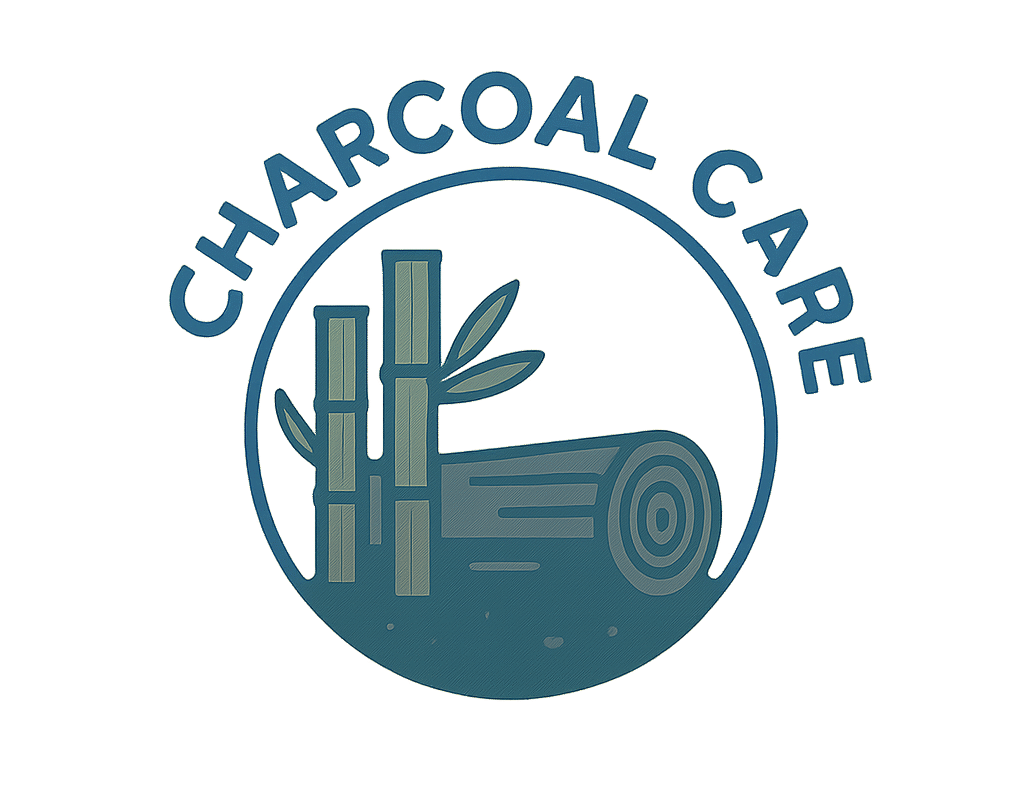Activated charcoal has been gaining popularity in recent years due to its various benefits and applications. From skincare to water filtration, this versatile substance has proven itself to be a valuable tool in many different scenarios. However, one question that often arises is whether activated charcoal can be reused. In this post, we’ll explore the possibilities of maximizing the benefits of activated charcoal by discussing its reuse potential.
Understanding Activated Charcoal
Before delving into the reuse aspect, let’s first understand what activated charcoal is. Activated charcoal is a form of carbon that has been processed to have small, low-volume pores that increase the surface area available for adsorption or chemical reactions. This porous structure allows activated charcoal to trap chemicals and toxins, making it an effective detoxifying agent.
Single-Use vs. Reusability
Traditionally, activated charcoal has been marketed as a single-use product, especially in applications such as water filtration and air purification. The idea is that once the activated charcoal has reached its adsorption capacity, it needs to be replaced to maintain its effectiveness. However, some argue that activated charcoal can be rejuvenated and reused, thereby extending its lifespan and maximizing its benefits.
Rejuvenating Used Activated Charcoal
There are several methods proposed for rejuvenating used activated charcoal. One common approach is to subject the charcoal to high temperatures in a process known as pyrolysis. By heating the charcoal to a certain temperature, the pores can be cleared of impurities and revitalized, allowing the charcoal to regain some of its adsorption capacity.
Practical Applications
While the concept of reusing activated charcoal is intriguing, its practical applications are somewhat limited. In scenarios where purity and efficiency are paramount, such as medical and industrial uses, reusing activated charcoal may not be advisable due to the risk of cross-contamination or diminished performance. However, in less critical applications like odor elimination or art supplies, reusing activated charcoal could be a cost-effective and eco-friendly choice.
Environmental Impact
The environmental impact of single-use products has received increased scrutiny in recent years, leading many consumers to seek reusable alternatives. In this context, exploring the reusability of activated charcoal could offer a more sustainable option for those concerned about reducing waste and minimizing their ecological footprint.
DIY Reuse Techniques
For those interested in experimenting with reusing activated charcoal at home, there are several DIY techniques worth exploring. One method involves soaking used charcoal in a solution of water and baking soda to clean and reactivate the pores. Another approach is to expose the charcoal to sunlight, which can help break down impurities and revitalize its adsorption capabilities.
Some bamboo charcoal and binchotan charcoal used in water purification can be reused for moisture absorption. Depending on the type of charcoal, there may be differences in moisture absorption capacity. Once the moisture absorbing role is over, it could also be used as a multi-cover for gardening. This is sure to make a variety of uses even if it has finished its role.

Caveats and Considerations
Before embarking on a journey of reusing activated charcoal, it’s essential to consider some caveats. Not all types of activated charcoal may be suitable for reuse, and attempting to rejuvenate certain varieties could result in reduced effectiveness or unintended consequences. It’s crucial to research and understand the specific characteristics of the activated charcoal you are working with before trying to reuse it.
The Bottom Line
In conclusion, the question of whether activated charcoal can be reused is not a straightforward one. While some believe in the potential for rejuvenating used charcoal and extending its lifespan, practical considerations and limitations exist. Ultimately, whether to reuse activated charcoal depends on the specific circumstances and applications involved. As research and innovation in this field continue to evolve, we may see new techniques and approaches emerge that offer more sustainable and efficient ways of utilizing this remarkable substance.

